$159.97 Original price was: $159.97.$99.99Current price is: $99.99.
SKU: D2LSC 4771916503 Categories: JUNIPERS & CONIFERS, PLANTS & TREES
- Safe Transactions, Always
- Effortless Shopping, Quality Products
- Safe Payments, the Smart Choice
- Easy, Fast Returns Guarantee

Wiggles Eastern White Pine – Single Trunk Topiary Tree
Pinus strobus ‘Wiggles’
Plant Details
USDA Plant Hardiness Zones: 3a-8b Find Your Zone
Plant Type: Coniferous Evergreen Tree
Height at Maturity: 4-5′
Width at Maturity: 3-4′
Spacing: Best as a specimen
Growth Habit / Form: Globe
Growth Rate: Slow, 2-3″ per year
Flower Color: NA
Flower Size: NA
Flowering Period: NA
Flower Type: NA
Fragrant Flowers: No
Foliage Color: Blue Green
Fragrant Foliage: Yes
Berries: No
Berry Color: NA
Sun Needs: Full Sun or Mostly Sun
Water Needs: Low when established
Soil Type: Clay (amend heavy clay to ensure good drainage), Loam, Sandy, Silty
Soil Moisture / Drainage: Moist But Well-Drained to Dry when established
Soil pH: 5.0 – 7.0 (Acid to Neutral)
Maintenance / Care: Very Low
Attracts: Visual Attention
Resistances: Deer, Disease, Drought, Dry Soil (when established), Insect
Description
This is the single-trunk topiary version of the ‘Wiggles’ Eastern White Pine, a rare and extraordinary cultivar with contorted branches clothed in fine, soft-textured, twisted blue-green needles that makes it one of the most distinctive of the Pinus strobus species. A slow grower adding around 3 inches per year in size, you might expect 3 to 4 feet tall and 2 to 3 feet wide in 10 years. Take time to pick a good, accessible and visible spot in the garden for this unusual and attractive conifer to show off. A plant that will capture the attention and the touch every visitor to your garden!
Landscape & Garden Uses
Growing 4 to 5 feet tall and 3 feet wide or so, the Wiggles Eastern White Pine Topiary Tree is ideal for use as a specimen in the sunny garden as well as in containers. A fine addition to conifer gardens, topiary gardens, Asian theme gardens and the Xeriscape (low water needs).
Suggested Spacing: Best as a specimen
Growing Preferences
Though drought tolerant when established, the Wiggles Eastern White Pine grows best in a moist but well-drained soil of average to low fertility and full sun, but will tolerate some light afternoon shade. As with so many other coniferous evergreens, a constantly soggy soil can cause problems with the roots. Does not require pruning however can be trimmed annually in late winter to maintain a smaller plant or for very interesting topiary forms or bonsai.
Helpful Articles
Click on the link below to find helpful planting and care advice from our experts.
How To Prune Junipers & Other Conifers
Plant Long & Prosper!
Meet The Wilson Brothers & Staff
Questions? Contact Us
Be the first to review “Wiggles Eastern White Pine (Single Trunk Topiary Tree) – 3 Gallon Pot” Cancel reply
Related products
Sale!
PLANTS & TREES
Sale!
CRAPE MYRTLES
Sale!
Sale!
PLANTS & TREES
Sale!
CRAPE MYRTLES
Sale!
Sale!
PLANTS & TREES
Winecraft Black Smokebush – Cotinus Coggygria – 5 Gallon Pot
Sale!
PLANTS & TREES

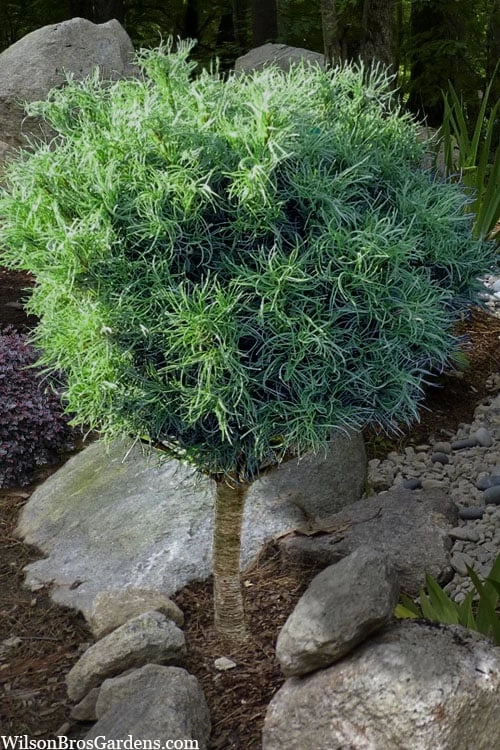


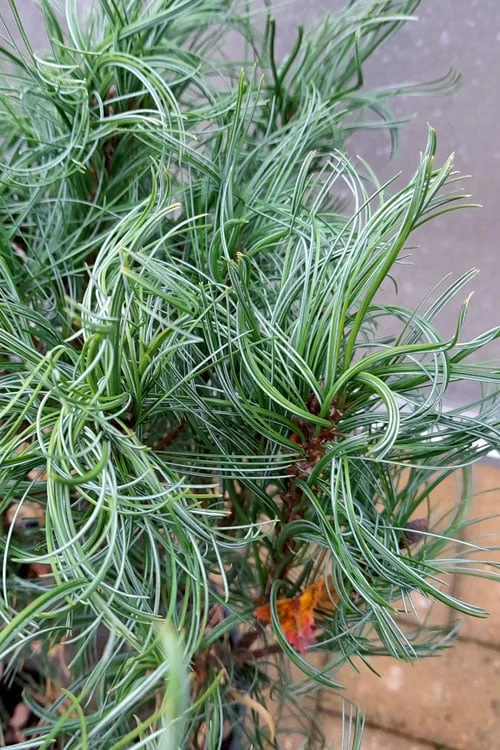



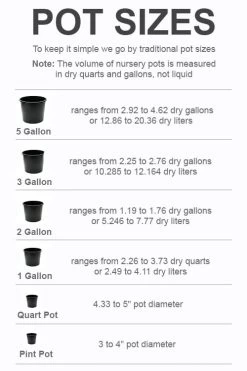

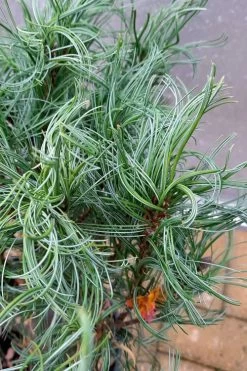
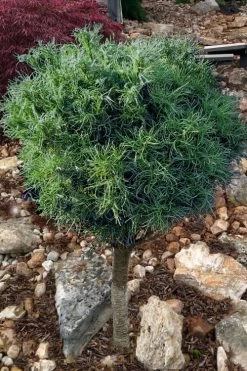
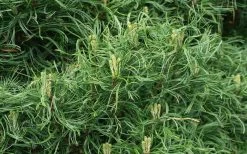

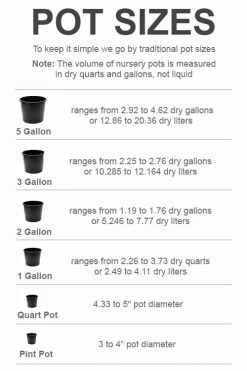
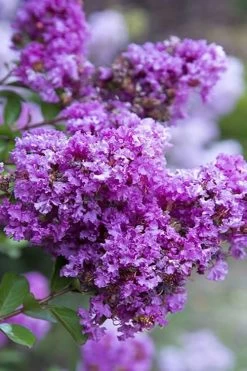

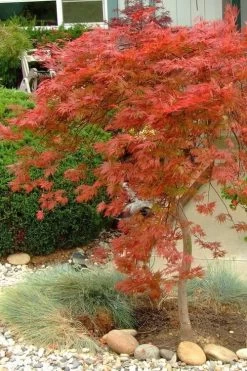

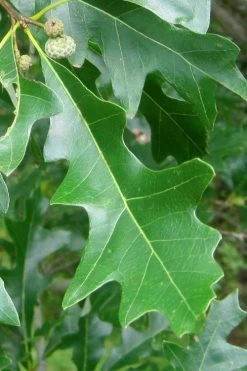
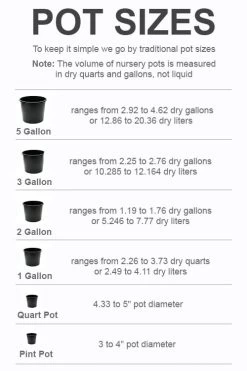
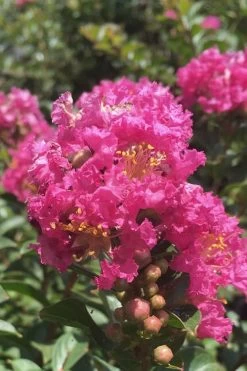



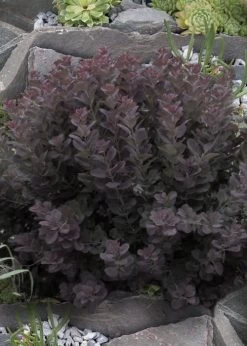
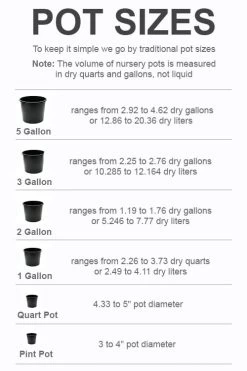
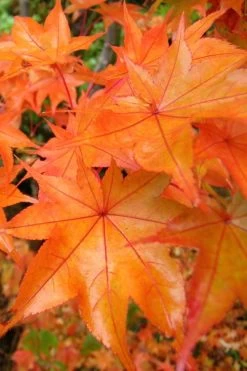
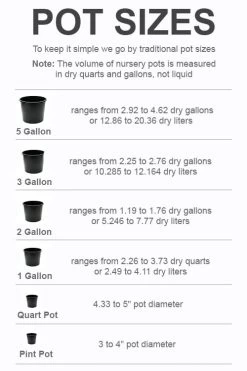
Reviews
There are no reviews yet.